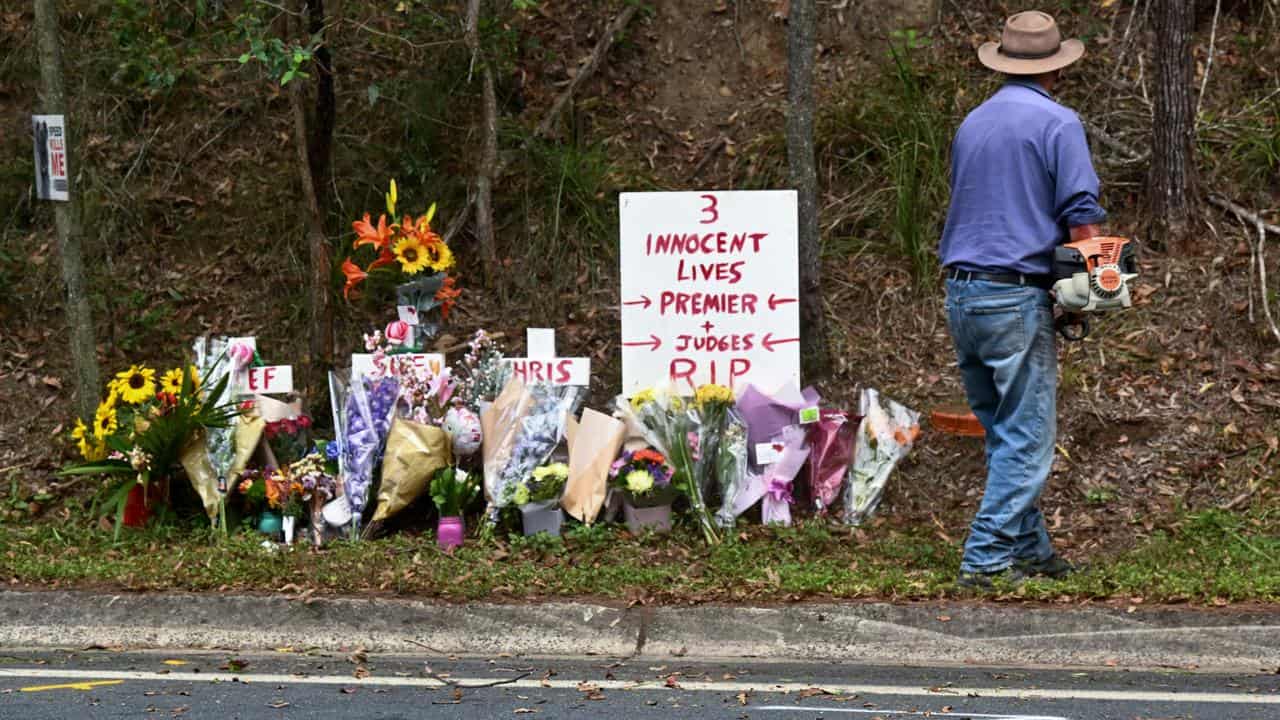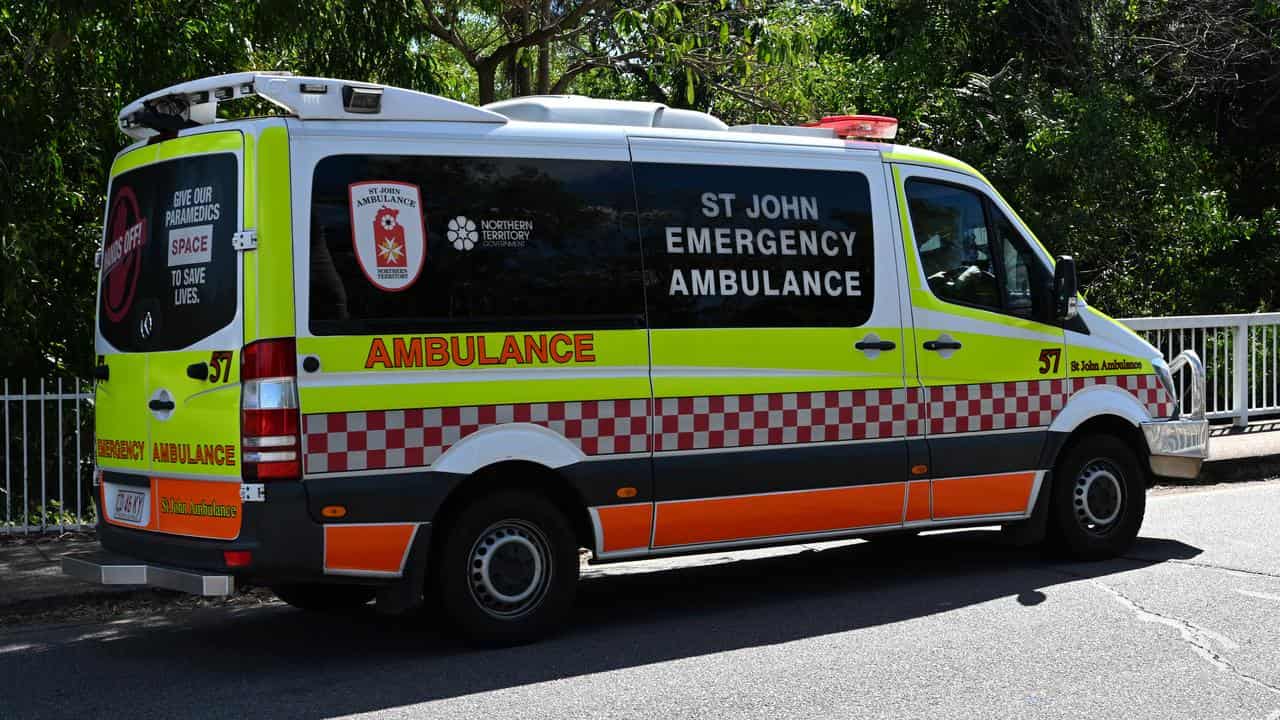
Australia's deadliest year on the roads in more than a decade has sparked calls for mandatory learner driver first aid training to halt the climbing death toll.
There were 1310 road fatalities last year, up 11.7 per cent on the previous financial year, according to data from the Australian Automobile Association.
On average one person died every eight hours.
The quarterly Benchmarking The Performance of the National Road Safety Strategy report is stark reading for road users, showing the nation is not on track to reduce fatalities and the number of child deaths almost doubled.

Of those who died, 531 were driving a vehicle, 218 were passengers and 155 were pedestrians.
The remaining deaths involved motorcyclists or bikes.
Queensland, South Australia, Western Australia and the Northern Territory all recorded road deaths per head of population that were more than the national average.
NSW was the most deadly for road users with 358 deaths while the Northern Territory doubled its fatalities year-on-year from 26 to 54.
Only Tasmania and the ACT recorded a decrease.
Association managing director Michael Bradley said the figures showed Australia’s approach to road deaths was failing and states and territories must report data on the causes of crashes, quality of roads and the effectiveness of policing.
“We need a data-driven response to a problem killing more than 100 people every month,” he said.
The first three to five minutes after a traffic accident were critical to survival, St John Ambulance NSW said.
The organisation is calling on the NSW government to bring the state into line with numerous countries and mandate first-aid training for learner drivers.
"It takes as little as three minutes for a person to die from a blocked airway, which is responsible for around 85 per cent of pre-hospital traffic deaths," chief executive Dominic Teakle said.

Lifting an unconscious person's chin is often enough to unblock an airway.
“Simple skills such as this can make a huge difference,” Mr Teakle said.
The federal government made a commitment in 2021 to reduce road deaths by 50 per cent and serious injuries by 30 per cent by 2030 under the National Road Safety Strategy,.
Mr Bradley said the government committed to a data transparency clause in its next five-year national partnership with states and territories.
The partnership clause would mean states needed to share a series of factors that contribute to road fatalities with the federal government which will reveal the most effective safety measures, however, it has been delayed.
“That will not only save lives but also end the politicisation of road funding by revealing whether governments are investing in the roads that most need safety upgrades, rather than investing in road projects in marginal electorates to win votes,” Mr Bradley said.









